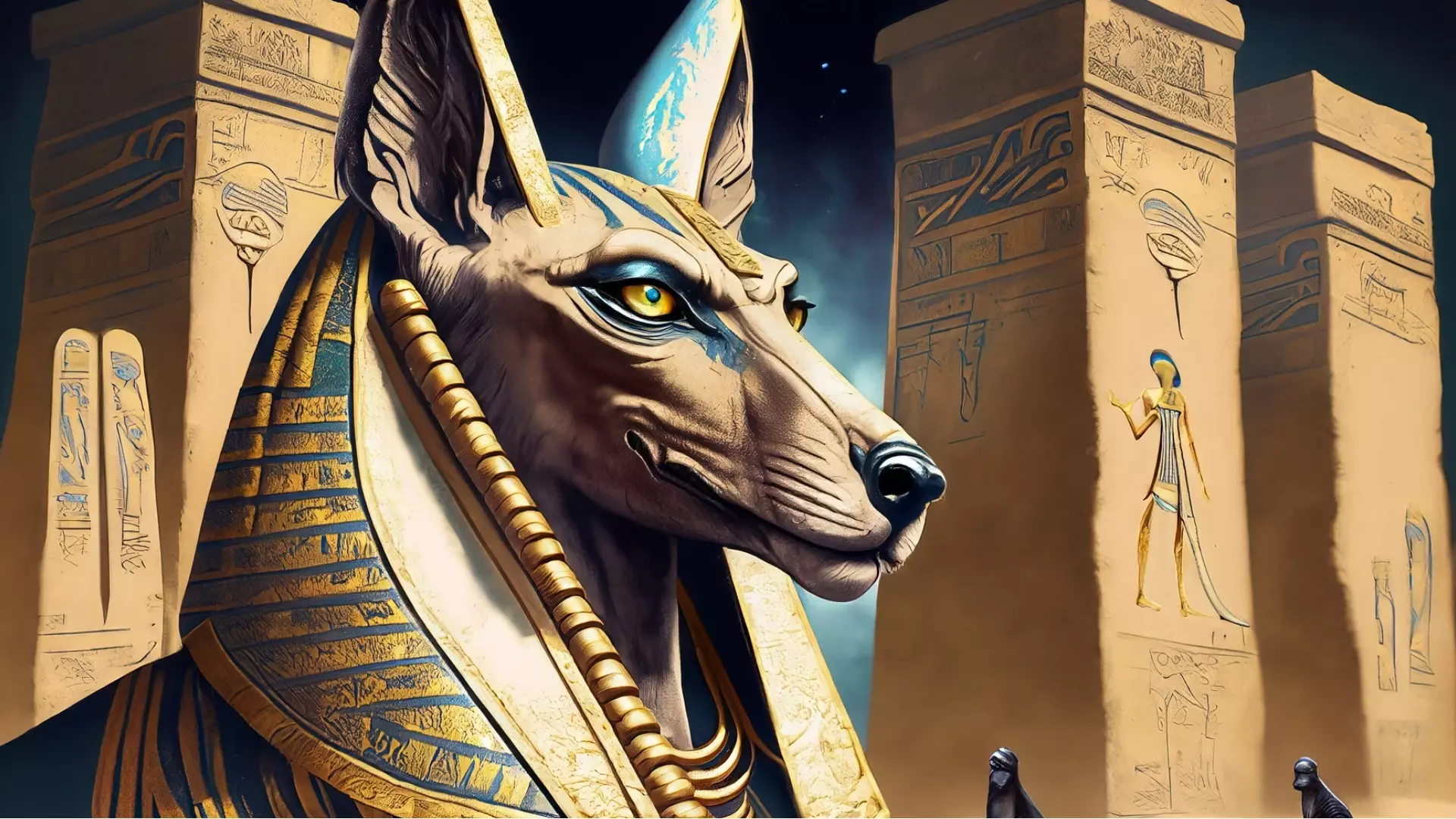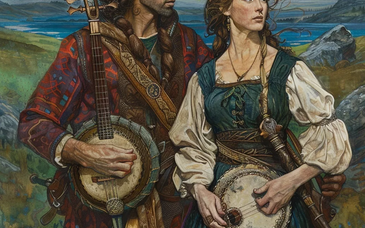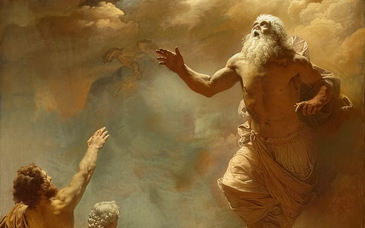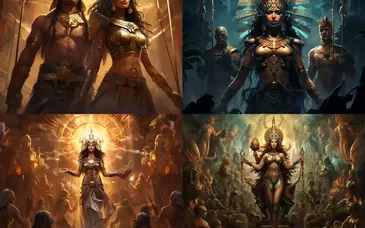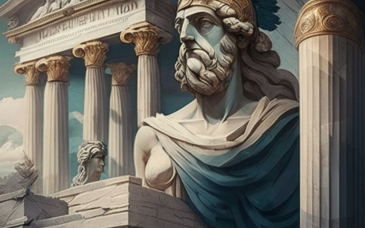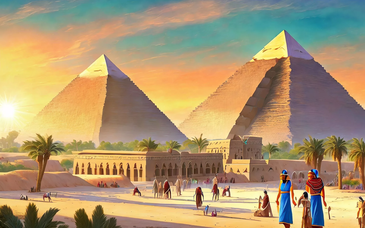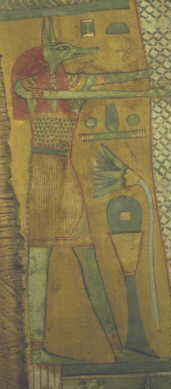

The Ancient Egyptians held a great reverence for the Jackal headed god Anubis, who oversaw the embalming and mummification process as well as escorting the deceased through the procedures for entering the underworld.
When the person arrived for judgment, they would first declare their purity before an assembly of gods including Osiris. the Ibis headed god Thoth was on hand to record the result of the judgment.
In the 'weighing of the heart' from the Book Of The Dead the heart of the dead person was balanced against the feather of Maat, or truth. If the heart was lighter than the feather the dead person was allowed to pass on into the underworld, but if it failed the test then the Eater of souls would devour the deceased.
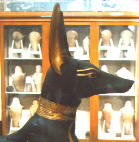
Perhaps the most famous representation of Anubis was the imposing black model found atop a shrine discovered in the tomb of Tutankhamun.
Anubis, the jackal-headed deity of ancient Egypt, holds a unique place in the pantheon of ancient gods. Often associated with mummification and the afterlife, Anubis played a crucial role in guiding souls to their final resting place. While Anubis belongs to the realm of Egyptian mythology, it's intriguing to explore the parallels and contrasts between this ancient deity and certain themes found in biblical texts.
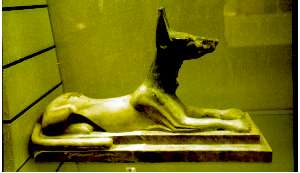
Anubis in Egyptian Mythology:
In Egyptian mythology, Anubis was revered as the guardian of the necropolis and the god of mummification and embalming. Portrayed with the head of a jackal and often depicted presiding over the weighing of the heart ceremony, Anubis determined the fate of the deceased in the afterlife. His role extended to protecting tombs and guiding souls through the treacherous journey to the underworld.

Biblical Connections and Symbolism:
While Anubis is distinct to Egyptian mythology, some parallels and symbolisms can be drawn between his role and concepts in the Bible. The idea of divine judgment, as seen in the weighing of the heart ceremony, finds resonance in biblical references to divine judgment and accountability for one's actions. In both cases, a higher power evaluates the righteousness of an individual's life.
Biblical References:
Ecclesiastes 12:14 - "For God will bring every deed into judgment, including every hidden thing, whether it is good or evil."
Revelation 20:12 - "And I saw the dead, great and small, standing before the throne, and books were opened. Another book was opened, which is the book of life. The dead were judged according to what they had done as recorded in the books."
Anubis remains an intriguing figure in the tapestry of ancient mythology, with his role as a guide through the afterlife and symbol of judgment. While his influence is specific to Egyptian beliefs, the concept of divine judgment and accountability is a recurring theme that transcends cultures and religions. Exploring such connections deepens our understanding of the human fascination with the mysteries of life, death, and the hereafter.
(Note: While Anubis is not directly referenced in the Bible, the parallels and themes mentioned provide an intriguing perspective for comparison.)
